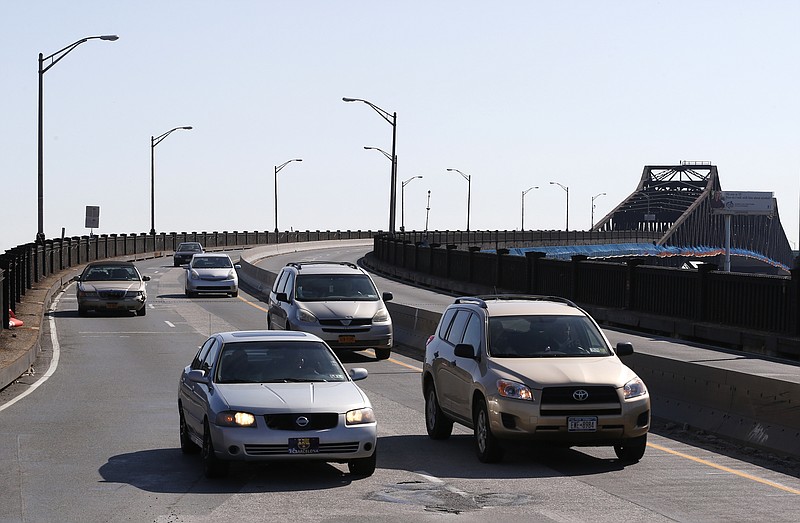A University of Tennessee study released Wednesday is laying out some options for the state to boost its funding for road projects, ranging from charging drivers by the mile to tapping the state's general fund.
Republican Gov. Bill Haslam has been traveling the state to make the case for why Tennessee needs to address the way it pays for its road needs. But any talk of a gas tax hike is being met with a largely chilly reception among state lawmakers - most of whom are facing re-election next year.
The governor has stopped short of any revenue proposals to help pay for billions of dollars' worth of road project backlogs and needs. He instead wants lawmakers to first agree on which projects to pursue before deciding on a way to pay for it.
"Let's put the menu out there and decide what we want to order," Haslam told reporters earlier this week. "And then we'll see how much that costs."
The report by the Howard H. Baker Jr. Center for Public Policy at the University of Tennessee notes that the state's 21.4-cent tax on each gallon of gasoline is the 12th lowest nationwide and fifth lowest among Southeastern states. The state's revenues from the tax on diesel is the second-lowest in the region after South Carolina, the researchers said.
According to the report, fuel economy has improved by 20 percent since the gas tax was last raised in 1989. And future restrictions are expected to increase car and truck mileage by another 50 percent over the next two decades. And the pressure on the state's roads will increase over the next 10 years, as Tennessee's population is projected to grow by 11 percent.
The report outlines several options for increasing road funding, along with a prognosis for how those changes would fare:
- TAX HIKE: A 5-cent increase in the tax on each gallon of gas would bring the state's purchasing power back to the level of the early 2000s, but would soon erode due to inflation and improving fuel economy.
- INDEXING: Linking the gas tax rate to the level of inflation would help sustain revenue levels until 2023, when gasoline consumption is projected to decline because of improving fuel economy.
- HIKE AND INDEX: Imposing both a 5-cent tax increase and indexing the rate to inflation would provide both a boost in revenue and guard against revenue erosion.
- SALES TAX: Charging a sales tax on the price of gasoline rather than a fixed amount on each gallon. While this approach brings in more revenue when prices are high, it hurts the state when prices are low.
- GENERAL FUND TRANSFER: Moving money from the state's general fund could augment the road funding money derived from gas taxes, but would have to be diverted from other state government programs.
- CHARGE PER MILE: Taxing drivers per mile driven would most accurately charge vehicles for how much they use state roads, but technology costs and privacy concerns could complicate such a major change.
